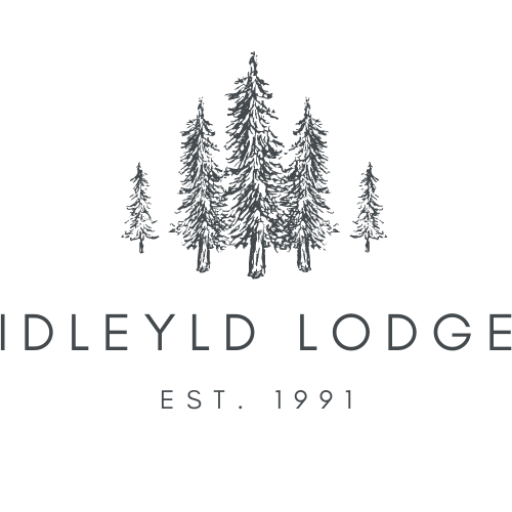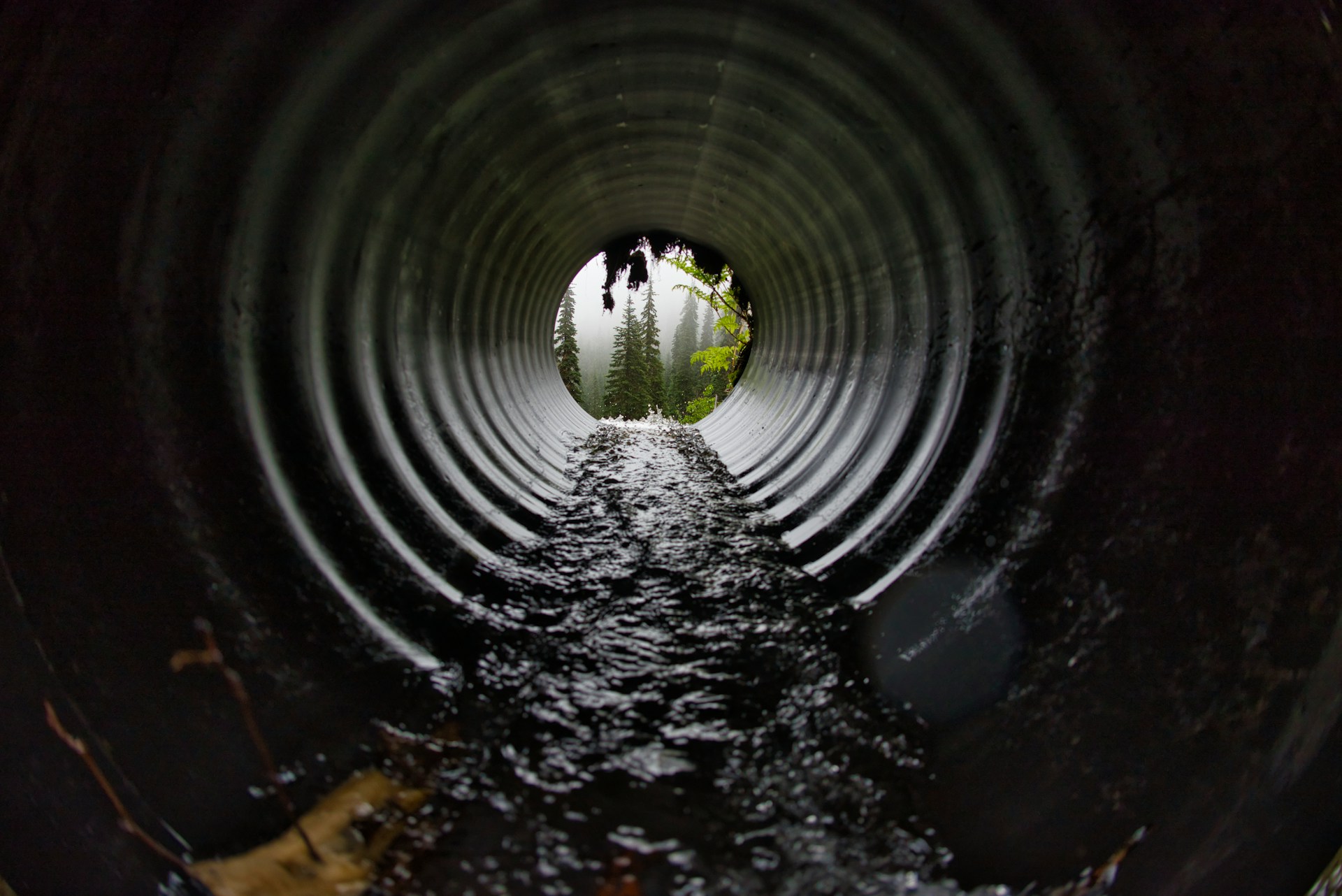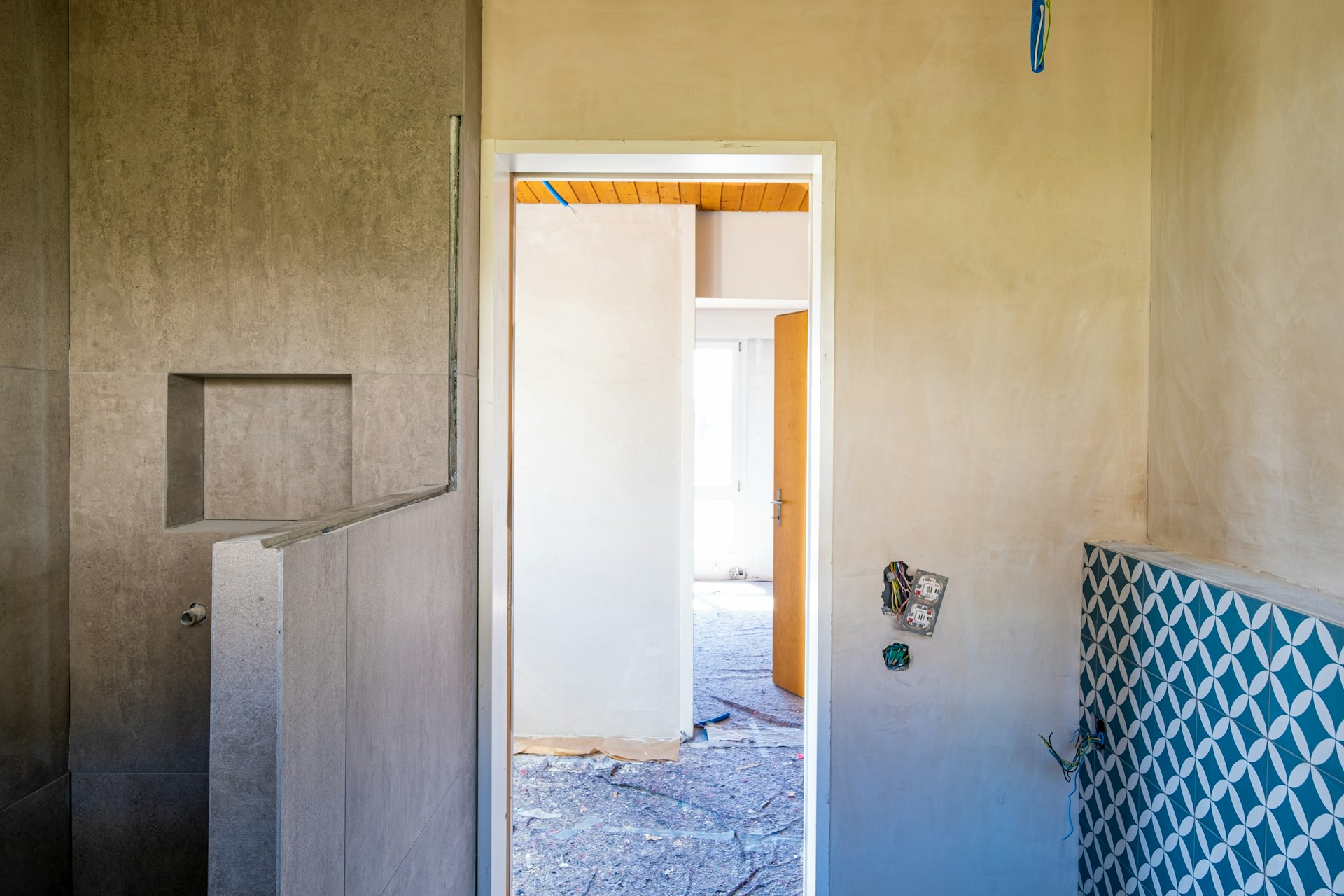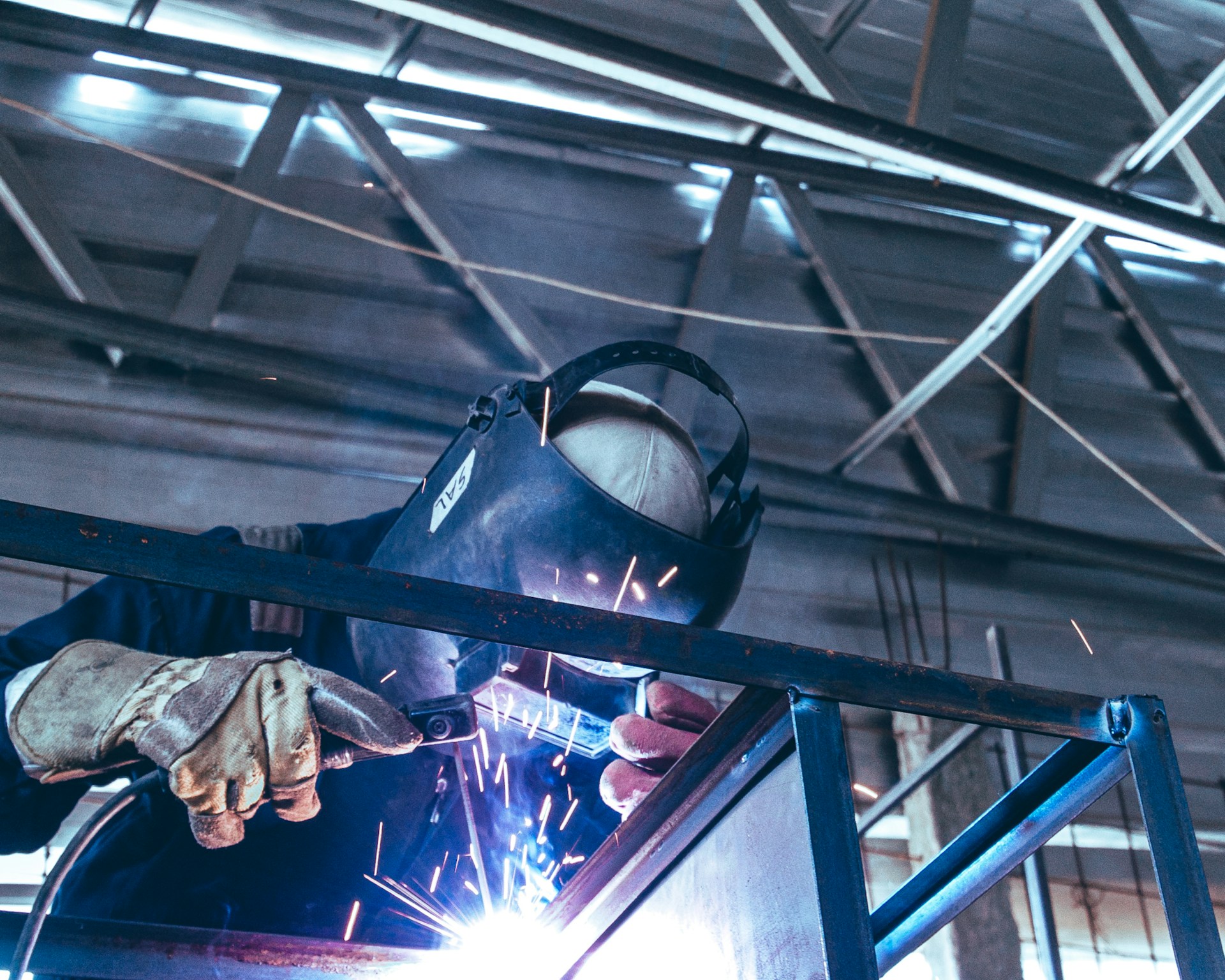A powerful crossbow is only half of the equation for a successful hunt. To truly achieve long-range accuracy, you need a high-quality scope that matches your weapon’s capabilities.
With the right optic, you can confidently take shots at greater distances, turning challenging opportunities into successful harvests. This post will explore the essential features to look for in crossbow scopes.
We will cover everything from magnification and lens quality to reticle types and durability, giving you the knowledge to select a scope that will enhance your precision and improve your performance in the field.
Understanding Magnification Needs
Magnification is often the first feature hunters consider, but more isn’t always better. The key is to match the magnification level to your typical shooting distances and the speed of your crossbow.
Variable vs. Fixed Power
- Variable Scopes: These offer a range of magnification levels (e.g., 1.5-5x or 3-9x), providing flexibility for both short and long-range shots. A lower setting gives you a wider field of view, which is ideal for tracking moving targets or shooting in dense woods. Higher settings allow you to zoom in for precise shot placement at a distance.
- Fixed Scopes: These have a single magnification level (e.g., 4x). They are simpler, often more durable, and can be more affordable. For hunters who consistently shoot within a specific range, a fixed-power scope can be a reliable choice.
For long-range shooting, a variable scope is generally preferred as it allows you to adapt to different scenarios. A range like 2-7x or 3-9x is often sufficient for most crossbow hunting situations.
The Importance of Lens and Image Quality
The clarity of your sight picture is critical for accuracy, especially in low-light conditions at dawn and dusk when game is most active. The quality of the glass and lens coatings directly impacts how much light the scope transmits.
Lens Coatings
Look for scopes with fully multi-coated lenses. This means all air-to-glass surfaces have multiple layers of anti-reflective coatings.
These coatings reduce glare and maximize light transmission, resulting in a brighter, clearer, and higher-contrast image. Cheaper scopes may only have “coated” or “multi-coated” lenses, which offer inferior performance.
Objective Lens Size
The objective lens is the one at the front of the scope. A larger objective lens (e.g., 40mm vs. 32mm) can gather more light, which is beneficial in low-light situations.
However, a larger lens also adds weight and requires higher mounting rings, which can affect your cheek weld and overall balance. A 32mm to 44mm objective lens is a good compromise for most crossbow setups.
Evaluating Reticle Features
The reticle, or crosshair, is your aiming point. Modern crossbow scopes offer specialized reticles designed for the ballistic trajectory of a bolt.
Ballistic Drop Compensating (BDC) Reticles
These are the most common and useful reticles for long-range crossbow shooting. A BDC reticle features multiple horizontal lines or dots that correspond to different yardages.
Once you sight in the main crosshair for a specific distance (usually 20 or 30 yards), the other marks provide accurate aiming points for longer shots (e.g., 40, 50, and 60 yards).
Illuminated Reticles
An illuminated reticle has a red or green light that illuminates the aiming points. This feature is invaluable in low-light conditions, as it makes the reticle stand out against a dark target or background.
Good illuminated scopes offer multiple brightness settings to prevent the reticle from flaring and obscuring your view.
Speed and Calibration Settings
Crossbows vary widely in speed, from around 300 feet per second (fps) to over 500 fps. For a BDC reticle to be accurate, it must be calibrated to your crossbow’s specific velocity.
Speed-Adjustable Scopes
Many modern crossbow scopes feature a speed dial or ring that allows you to calibrate the reticle to your crossbow’s exact fps.
By setting the scope to match the velocity of your bolt, you ensure that the BDC markings are accurate for their intended distances. This is a crucial feature for achieving consistent long-range accuracy.
Arrow and Bolt Compatibility
The weight of your projectile also affects its trajectory. When sighting in your scope, always use the same bolts you plan to hunt with. High-quality projectiles like the best carbon arrows provide consistent flight, which is essential for predictable accuracy.
Build Quality and Durability
Hunting conditions can be harsh. Your scope needs to be tough enough to withstand rain, fog, and the occasional bump or drop.
Construction Materials
Look for scopes constructed from a single piece of aircraft-grade aluminum. This one-piece design is stronger and more resistant to shock and recoil than multi-piece tubes.
Weatherproofing
- Waterproof: The scope should be O-ring sealed to prevent moisture from getting inside.
- Fogproof: The scope tube should be purged with an inert gas like nitrogen or argon. This prevents the internal lenses from fogging up with sudden temperature changes.
- Shockproof: The scope must be rated to handle the unique forward recoil produced by modern, high-speed crossbows.
Eye Relief and Field of View
Comfort and situational awareness are also important factors that contribute to a successful shot.
Eye Relief
Eye relief is the optimal distance between your eye and the eyepiece to see a full, clear sight picture. Adequate eye relief (typically 3-4 inches) prevents “scope bite,” where the scope recoils into your brow. It also makes it easier to get on target quickly.
Field of View (FOV)
Field of view refers to the width of the area you can see through the scope at a given distance (usually 100 yards).
A wider FOV allows you to see more of your surroundings, making it easier to spot game and track moving targets. FOV decreases as magnification increases.
Make Your Next Shot Count
Choosing the right crossbow scope is an investment in your accuracy and confidence as a hunter.
By prioritizing features like fully multi-coated lenses, a speed-calibrated BDC reticle, and a durable, weatherproof construction, you can build a system capable of ethical and effective long-range performance.
Remember to pair your optic with consistent, high-quality ammunition, such as the best carbon arrows for your setup, to unlock your crossbow’s full potential.












